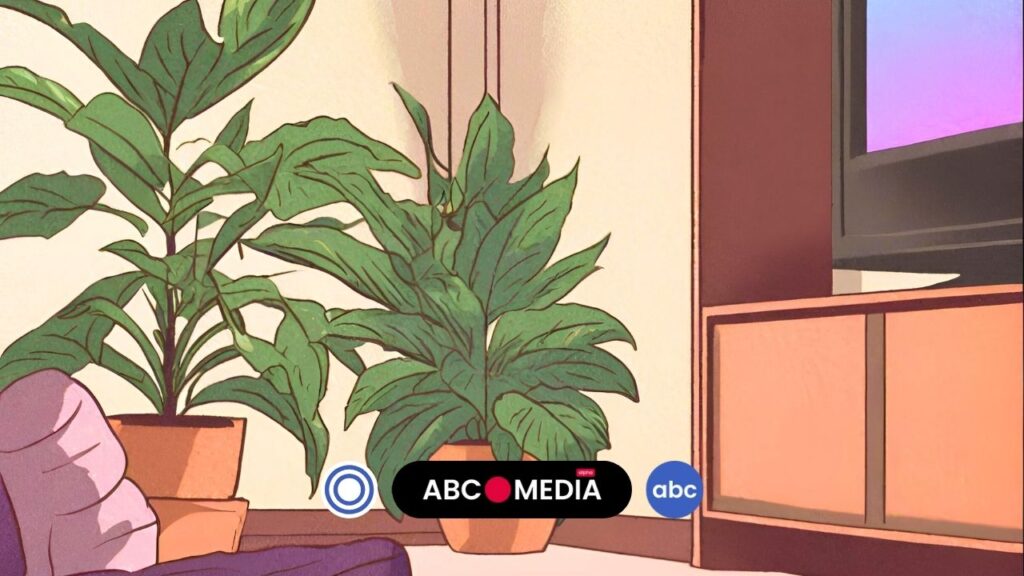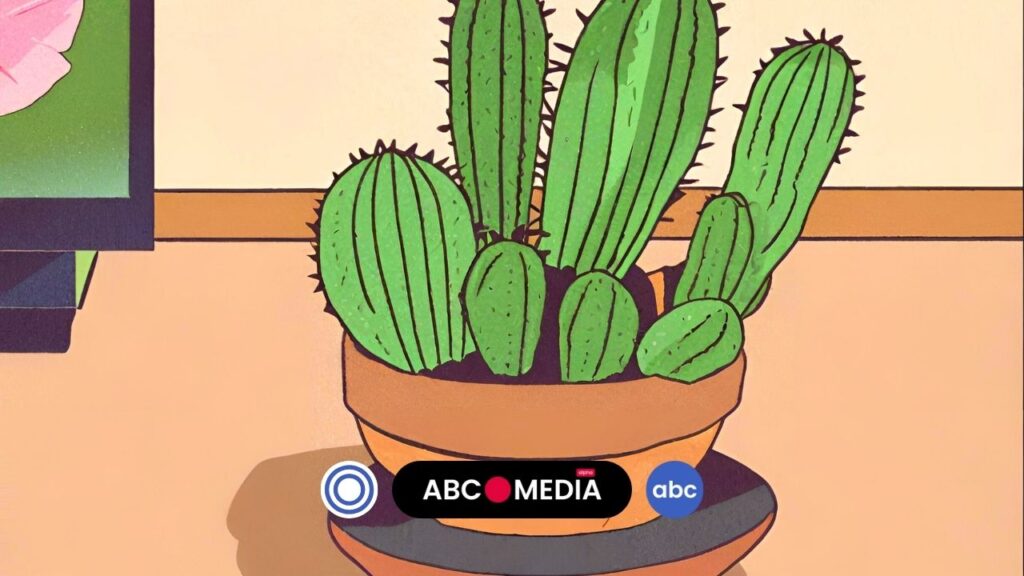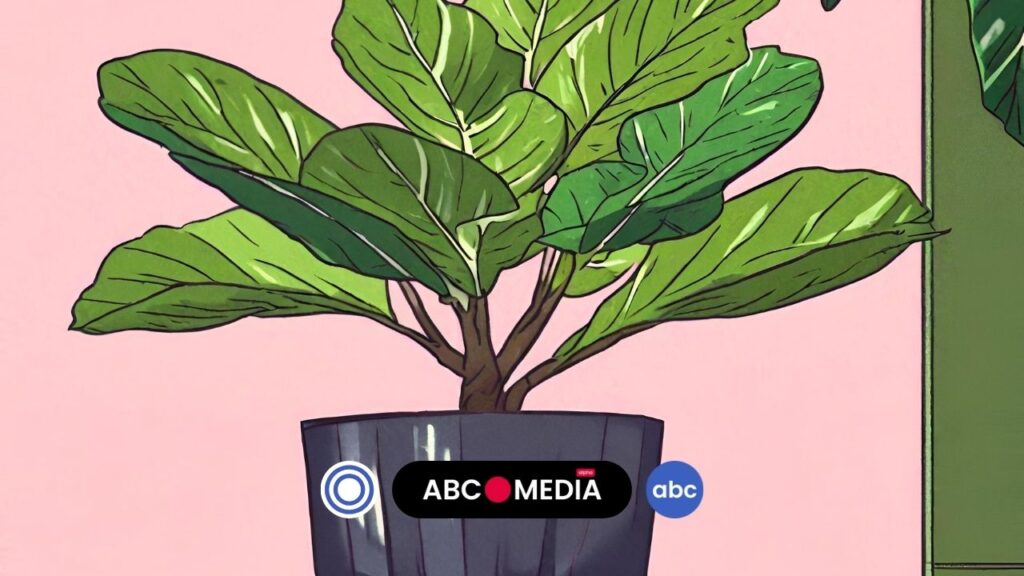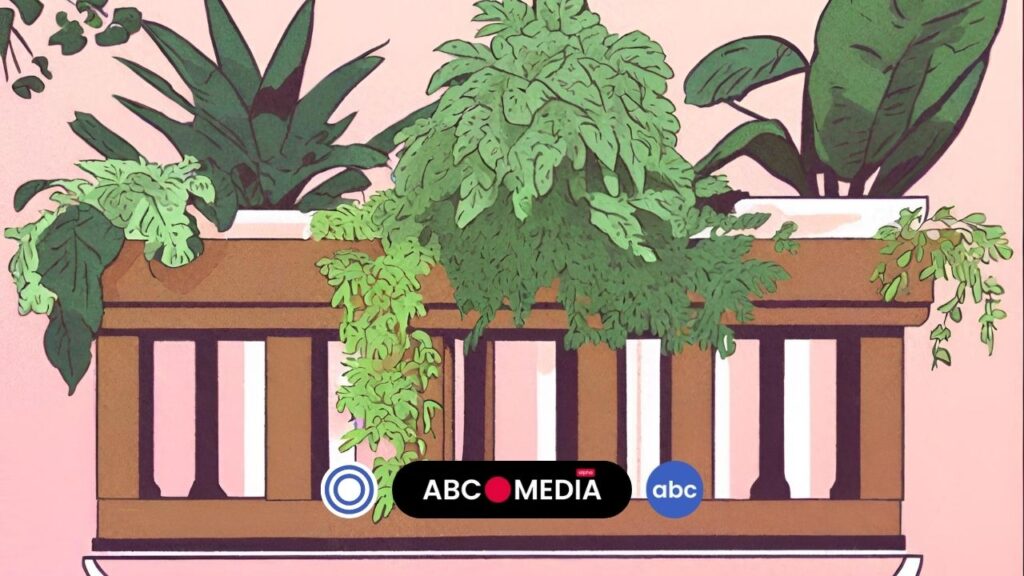Are you looking to enhance the beauty of your home while also reaping the benefits of nature? Adding indoor plants to your living space is a fantastic way to achieve just that. Not only do they bring life and freshness into your home decor, but they also offer numerous health benefits. In this article, we will explore the top 10 must-have plants that can transform your home decor into a green oasis.
Introducing indoor plants into your home has become increasingly popular due to their ability to improve air quality, boost productivity, and create a calming ambiance. With a wide variety of plants to choose from, it’s essential to consider your specific needs and preferences when selecting the perfect ones for your space.
Benefits of Indoor Plants

Indoor plants offer a range of benefits that go beyond aesthetics. Let’s delve into some of the advantages they bring:
Plants are natural air purifiers, absorbing harmful toxins and releasing fresh oxygen. They can help remove pollutants such as formaldehyde, benzene, and carbon monoxide, creating a healthier indoor environment for you and your family.
Studies have shown that having plants in your workspace or home can enhance productivity and concentration levels. The presence of greenery promotes a sense of well-being, reduces stress, and increases focus, leading to improved performance in various tasks.
The sight of greenery has a calming effect on our minds and can help reduce stress levels. Indoor plants provide a connection to nature, creating a serene atmosphere that promotes relaxation and tranquility.
Choosing the Right Plants

When selecting indoor plants, consider factors such as their maintenance requirements and compatibility with your home environment. Here are a few essential considerations:
If you’re new to plant care or have a busy lifestyle, opt for low-maintenance plants that require minimal attention. Examples include succulents, such as aloe vera, and hardy plants like snake plants and pothos, which can thrive in various conditions with infrequent watering.
Different plants have varying light requirements. Some thrive in bright, direct sunlight, while others prefer indirect or low-light conditions. Ensure you choose plants that align with the natural lighting available in your home.
If you have furry friends at home, it’s crucial to consider their safety when selecting indoor plants. Some plants can be toxic to pets when ingested. Opt for pet-friendly options like spider plants, Boston ferns, or air plants that pose minimal risks to your beloved companions.
Aesthetic Considerations

Apart from their health benefits, indoor plants can add a touch of style and elegance to your home decor. Consider the following aesthetic aspects when incorporating plants into your interior design:
Choose plants that complement the available space. Opt for tall, slender plants like the snake plant or vertical-growing plants like the pothos if you have limited floor space. For larger areas, consider statement plants like the fiddle leaf fig, which can become a focal point in the room.
Indoor plants come in a variety of colors and textures. Experiment with different shades of green and explore plants with variegated leaves or unique patterns to add visual interest and dimension to your home decor.
The choice of planters and containers can greatly impact the overall aesthetic. Consider using stylish pots or hanging baskets that complement your interior style. Get creative with materials like terracotta, ceramic, or woven baskets to add a personal touch.
Now, let’s explore the top 10 must-have plants that can transform your home decor:
Snake Plant (Sansevieria)

The snake plant is known for its striking, upright leaves and low-maintenance nature. It’s a popular choice for beginners and can thrive in a wide range of lighting conditions.
Pothos (Epipremnum aureum)

Pothos is a trailing vine with heart-shaped leaves that come in various shades of green. It’s a versatile plant that can thrive in both bright and low-light environments.
Peace Lily (Spathiphyllum)

With its elegant white flowers and glossy green leaves, the peace lily adds a touch of sophistication to any space. It prefers moderate lighting conditions and regular watering.
Spider Plant (Chlorophytum comosum)

The spider plant is known for its long, arching leaves with white stripes. It’s an easy-to-grow plant that can tolerate a wide range of conditions, making it suitable for beginners.
ZZ Plant (Zamioculcas zamiifolia)

The ZZ plant is prized for its glossy, dark green leaves and its ability to thrive in low-light conditions. It’s an excellent choice for adding a touch of tropical elegance to your home.
Fiddle Leaf Fig (Ficus lyrata)

The fiddle leaf fig is a popular choice for interior designers, thanks to its large, violin-shaped leaves. It requires bright, indirect light and regular watering to thrive.
Chinese Evergreen (Aglaonema)

The Chinese evergreen is a durable plant with attractive, patterned leaves. It can tolerate low-light conditions and is an excellent choice for adding color to your home decor.
English Ivy (Hedera helix)

English ivy is a versatile trailing plant that can be grown indoors or outdoors. It adds a touch of natural beauty and can be trained to climb or trail along shelves or walls.
Aloe Vera (Aloe barbadensis)

Aloe vera is a succulent plant with medicinal properties. It’s easy to care for, and its gel-filled leaves offer soothing relief for minor burns and skin irritations.
Monstera Deliciosa

The monstera deliciosa, also known as the Swiss cheese plant, features large, fenestrated leaves that make a bold statement. It thrives in bright, indirect light and requires occasional misting.
Care and Maintenance

Proper care and maintenance are essential for ensuring the health and longevity of your indoor plants. Here are some key considerations:
Each plant has specific watering needs. It’s crucial to strike the right balance and avoid overwatering or underwatering. Research the watering requirements of each plant and adjust based on factors like temperature, humidity, and season.
Fertilizing your plants periodically can provide them with essential nutrients. Follow the instructions on the fertilizer packaging and avoid over-fertilization, as it can harm the plants. Additionally, prune your plants to promote healthy growth and remove any dead or yellowing leaves.
Keep an eye out for common pests like aphids, mealybugs, and spider mites. Regularly inspect your plants and take appropriate measures to control infestations. If you notice any signs of disease, such as mold or discoloration, address the issue promptly to prevent its spread.
Placement and Arrangement

Proper placement and arrangement of your indoor plants can enhance their visual impact. Consider the following tips:
Different plants have varying light requirements. Place plants that need bright, direct sunlight near windows, while low-light plants can be positioned in corners or areas with indirect light. Consider the natural lighting conditions in each room and choose suitable plants accordingly.
Create visual interest by grouping plants with similar care requirements together. This makes it easier to maintain consistent watering and lighting conditions. You can also experiment with combining plants of different heights, colors, and textures to create an aesthetically pleasing display.
Use plants strategically to create focal points in your home. Highlight key areas like entryways, living room corners, or dining tables with statement plants that draw attention and elevate the overall ambiance.
Benefits Beyond Decor
Indoor plants offer benefits that extend beyond their decorative value. Let’s explore some additional advantages:
Indoor plants contribute to improved air quality by filtering out pollutants, reducing the risk of respiratory issues. They also help increase humidity levels, which can alleviate dry skin and respiratory discomfort.
Being surrounded by nature has a positive impact on our mental well-being. Indoor plants can boost mood, reduce anxiety, and promote a sense of calm and relaxation, creating a more pleasant living environment.
Incorporating indoor plants into your home decor not only adds a touch of natural beauty but also offers a range of benefits for your physical and mental well-being. By carefully selecting and caring for the right plants, you can create a green oasis that transforms your living space into a sanctuary of tranquility and style.
FAQs
Q1: Can I keep indoor plants in rooms with low natural light? Yes, there are several indoor plants that can thrive in low-light conditions, such as snake plants, pothos, and ZZ plants. These plants are adapted to survive in environments with limited sunlight.
Q2: Do indoor plants require a lot of maintenance? The level of maintenance varies depending on the plant species. Some indoor plants, like succulents, require minimal care and can withstand periods of neglect. However, others may require regular watering, fertilizing, and pruning. It’s important to choose plants that align with your lifestyle and time availability.
Q3: How often should I water my indoor plants? The watering frequency depends on various factors, including the plant species, potting mix, humidity levels, and season. As a general guideline, check the moisture level of the soil and water when the top inch feels dry. Avoid overwatering, as it can lead to root rot.
Q4: Can indoor plants improve air quality? Yes, indoor plants are natural air purifiers. They absorb carbon dioxide and release oxygen while also filtering out toxins and pollutants present in the air. This process helps improve the overall air quality in your home.
Q5: Are all indoor plants pet-friendly? No, not all indoor plants are safe for pets. Some plants can be toxic if ingested by cats or dogs. It’s important to research and choose pet-friendly plants that pose minimal risks to your furry friends. Examples include spider plants, Boston ferns, and air plants.
